Silks Palace
4.7/5
185 Reviews
No. 4 of Local Restaurants in Taipei
Highlights: Designed by architect Yao Renxi, a mecca for local cuisine
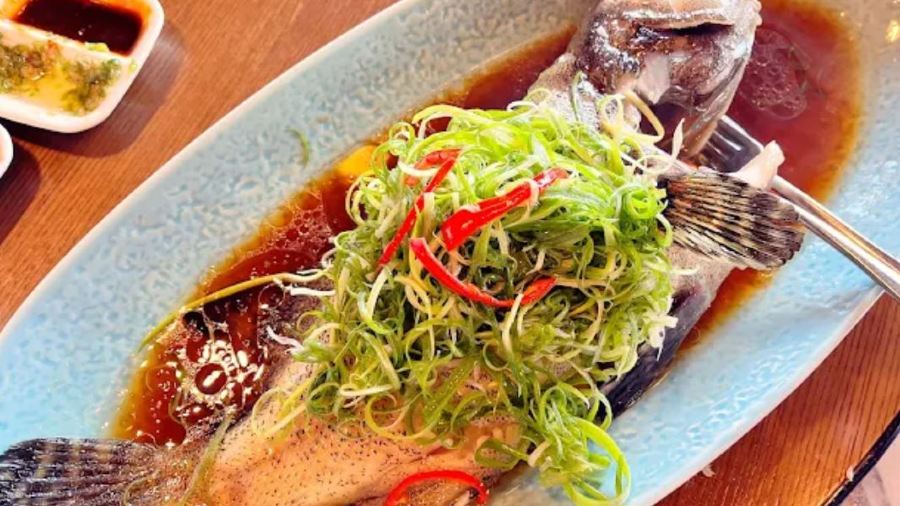
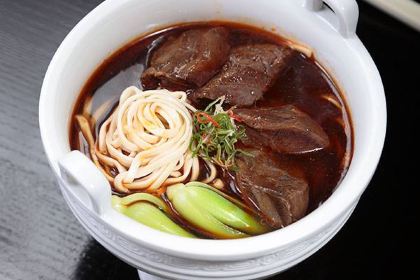
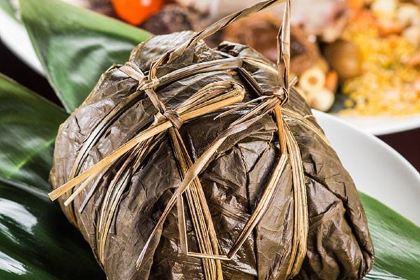
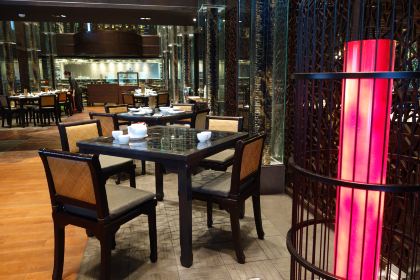
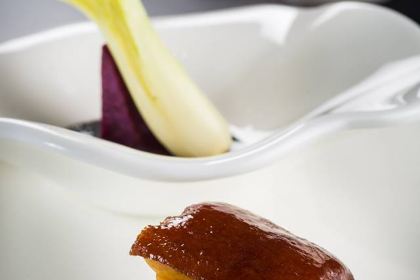
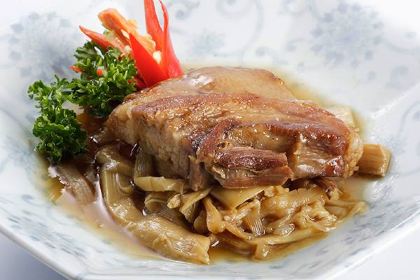
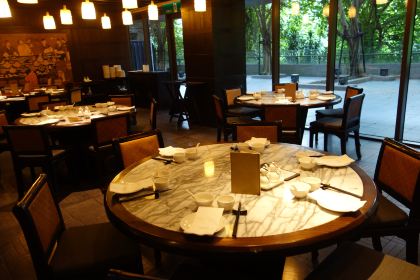
More
Currently closed|Open at 17:00 todayShow more
+886228829393
221 Chishan Road Section 2, Shilin, Taipei, Taiwan
 M34***80After visiting the Forbidden City, I was so hungry that I chose this restaurant nearby for dinner. As a restaurant in the scenic area, the taste is OK and not too expensive. The set meal is very rich, with desserts, soups and side dishes. It is worth coming to taste.
M34***80After visiting the Forbidden City, I was so hungry that I chose this restaurant nearby for dinner. As a restaurant in the scenic area, the taste is OK and not too expensive. The set meal is very rich, with desserts, soups and side dishes. It is worth coming to taste.Reserve a Table

Reviews of Silks Palace
Some reviews may have been translated by Google Translate
4.7/5Outstanding
All (185)
Latest
Photo reviews (52)
Positive reviews (59)
Negative reviews (1)
After visiting the Forbidden City, I was so hungry that I chose this restaurant nearby for dinner. As a restaurant in the scenic area, the taste is OK and not too expensive. The set meal is very rich, with desserts, soups and side dishes. It is worth coming to taste.
Each person ordered a staple food and two or three dishes, and the price was NTD460 per person, which was a bit high. But the environment was pleasant, there was no need to queue, the service was good, and most importantly, the dishes were delicious~~ So as a tourist restaurant, it was still quite ok~~.
This is a high-end Hong Kong-style restaurant next to the Forbidden City. The environment is grand and the dishes are expensive. Unfortunately, I was too tired to visit the Forbidden City Museum with my boyfriend at night, so I hurried out to eat. The beef noodles here are light and fresh, not greasy, and the stir-fried loofah is slightly sweet without any earthy smell.
As a Taiwanese, especially after staying in the mainland for 20 years, I always have an indescribable indifference towards the Forbidden City. The Regent Hotel has been stationed in the Forbidden City for many years and has been planting seeds in the name of the National Treasure Banquet. I finally took advantage of this opportunity to pull the weeds when I returned to Taiwan. . The Forbidden City Jinghua is located in the Forbidden City Essence Building on the right side of the exit from Minus 1 (B1) of the Forbidden City Exhibition Hall. What comes into view after entering the restaurant are the space decoration elements such as the murals of ancient cultural relics from the Forbidden City. The high-ceiling design of the atrium is very much like the style of an ancient inn. Let’s now take a look at how to eat a few national treasures. The phrase “national treasures are no longer just works of art for viewing” has been verified once again. jade cabbage Baby cabbage, the leafy vegetable layer in the center, must first be blanched in stock made from ham and chicken bones to add flavor, and then topped with scallop stock sauce and served hot (see picture), and cherry blossom shrimps are used instead of katydids. Si and locusts, (see the top of the cabbage in the picture) are full of food! flesh-shaped stone The finished product of the hoof meat has a delicate texture, is shiny and smooth, plump but not greasy, juicy and tasty. The bottom layer is topped with loofah cut into long and thin strips. The bright green color attracts appetite, and the refreshing taste reduces the taste of the hoof meat. Tasty to the mouth. Duobaoge Dessert Collection The chef took the meaning of this treasure and displayed a variety of treasures in a shelf style, and hand-crafted topaz duck, pumpkin fruit, custard jade cabbage, longevity peach buns, donkey rolling, osmanthus red bean cake, nut purple rice rolls... etc. Classic desserts from all over the country, with exquisite and interesting shapes and sweet but not greasy taste, imagine the mood of an emperor playing with his rare collection. Guangdong's historical famous dish Restored Fragrance Miao Tibetan Phoenix Sleeves In this dish, the chicken wings are deboned, stir-fried with steamed glutinous rice, ham, coriander, scallops, and dried shrimps, then stuffed into the chicken wings, sealed and topped with vinegar and syrup, air-dried and deep-fried in a pan until the skin is crispy and golden, and the inside is The filling is sweet and fragrant, and the restoration of Guangdong's historical ancient dishes is quite intriguing. Using string-patterned Taiwanese authentic snack Sishen Soup and Taiwan's world-famous Xiaolongbao as the staple food and soup base is mainly to highlight the deliciousness of Taiwanese cuisine. I don’t need to introduce Xiao Long Tang Bao. I just hope that you should use a spoon when eating the steamed buns to prevent the soup from overflowing after one bite. The Sishen Soup is made from lotus seeds, gorgon seeds, barley and angelica, plus pig intestines as medicinal ingredients. Taiwanese rice wine is added when the pot is boiled to enhance the medicinal properties and aroma. The perfect match between Xiao Long Bao and Sishen Soup. The fusion of the gravy of the soup dumplings and the Sishen Rice Wine has an indescribable aroma. The simulated dishes named after the national treasure not only have the lifelike appearance of the national treasure, but also use ingredients and taste to the extent that the ancients' inspiration for the dishes has been used to create artistic creations passed down through time and space, and then the artistic creations have been restored to the dishes. The extremely creative design and environment of the national treasure-shaped dishes, coupled with the detailed guidance of the dishes by the service staff, create a picture that is simply a national treasure feast with a strong sense of ritual. Friends who want to try weeding must call to reserve a table. Transportation tips for the Forbidden City Take the red 30 bus from Exit 1 of Shilin Station on the Taipei MRT Red Line to the entrance of the exhibition hall From Exit 1 of Dazhi Station on the Brown Line, take the Brown 20 bus directly to the entrance of the exhibition hall. The taxi ride from Exit 1 of Shilin Station to the entrance of the National Palace Museum is about 3.3 kilometers. The fare is about NT$150 according to the meter.
The Shandong Variety Show Holiday Tourism Column organized the first high-end group of the program "Big Coffee Accompanying You". The whole process was filmed and filmed. The treatment was good. After visiting the National Palace Museum in Taipei, we had dinner at the Palace Museum Jinghua on the side. Although it was a group meal, the dishes were also high-end and classy. They looked appetizing. The whole restaurant was decorated in a high-end atmosphere, with many artworks on display. The dishes displayed various treasures of the Palace Museum, and they looked finely crafted. A pleasant dining experience!
The Regent Hotel has collaborated with the Palace Museum to open a Chinese restaurant in the museum. The restaurant's decoration is Chinese in style, blending modern elements. It offers Hong Kong-style dim sum, innovative Chinese cuisine and Taiwanese snacks. The diverse flavors can meet the needs of different customers, especially the arrangement of the dishes and the choice of tableware, which are up to the standards of star-rated hotels.
I rushed to the Forbidden City early in the morning. Fortunately, I went early. When I came out, there were already crowds of people. After more than 4 hours of visiting the Forbidden City, I was tired and hungry, so I came to this very high-end hotel. The first thing was to queue up. It seemed that there were many tourists who came here for the reputation. After waiting for about 20 minutes, I was finally arranged to sit. The price of the dishes here is a little higher, but the service and the quality of the dishes are good. When you come here, I suggest not to order beef noodles, etc. After all, snacks should be eaten in the atmosphere they should be. Three cups chicken, the chicken is very tender, the taste is very fragrant, and it is not greasy. It is a bit like dry pot chicken. The second is the stewed mushrooms. The soup is very, very fresh. It is so tasty when eaten while hot. If it is served with rice, it is definitely a good match. That cabbage---I suggest you don’t order it. It’s really a little disappointing. What is worth recommending is their classic Forbidden City treasures dim sum. The service is very good. They will ask you whether you want it before or after the meal. When I asked the waiter to serve it after the meal, it took a little time. I consulted and heard that some dim sum needs to be made on the spot, so it takes a little longer. The taste is still good. Although it is a little expensive, it is also his creativity.
The supporting restaurant of the Taipei Palace Museum adopts a diversified operation, with a gift shop, a Taiwanese snack food court and a high-end restaurant with à la carte dishes. The environmental design incorporates the atmosphere of Emperor Qianlong's study in the Qing Dynasty. The menu design is original, incorporating Forbidden City cultural relics such as the Jade Cabbage into the dishes, perfectly presenting a food culture with color, fragrance and taste.